Let’s say you’ve put together a reliable home lab that’s armed to the teeth with your favorite virtual machines and containers. But considering the experimental nature of home servers, it’s rather easy to break your painstakingly-built virtualization suite. Thankfully, you can arm your self-hosting empire with a couple of documentation and backup tools to facilitate quick recovery if (or rather, when) your server goes down after a botched experiment.
Designed as a documentation utility for enterprises and data centers, NetBox may seem a bit overkill for the average home lab. But after using its top-notch IPAM, network management, and inventory-tracking provisions, I can confirm that it’s the best self-hosted tool for home lab enthusiasts who want to map every device on their local network.
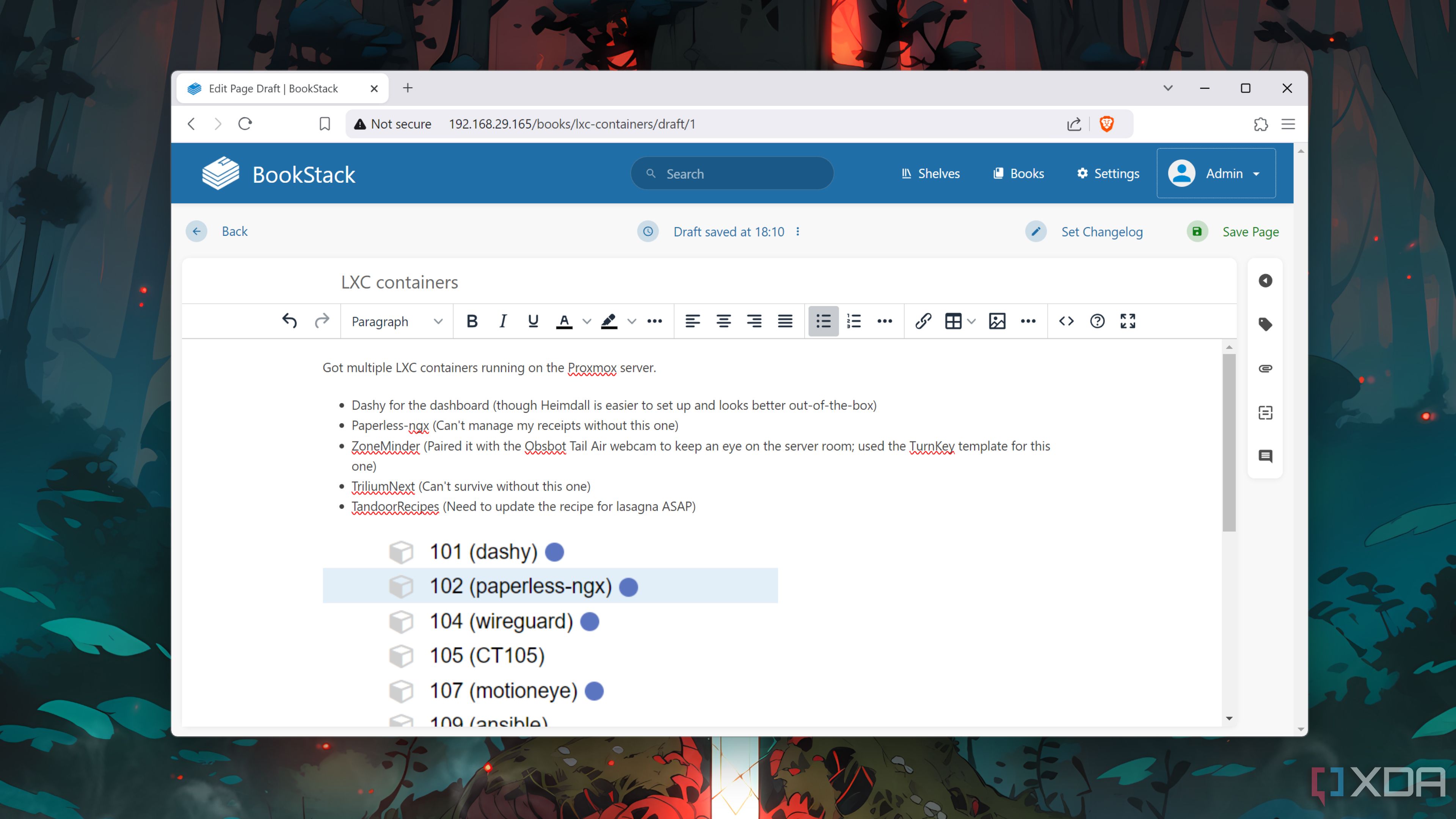
Related
4 of the best tools to document your home-lab operations
Struggling to keep track of your home lab experiments? These apps can help you out!
It’s different from your average PKM and spreadsheet apps
When you think about FOSS documentation utilities, note-takers like TriliumNext Notes or BookStack might be the first options that come to mind. However, NetBox is a lot different from its rivals. Rather than letting you fill up documents or spreadsheets with your home server details, NetBox is a cross between an IP address management (IPAM) tool and a datacenter infrastructure management (DCIM) utility that also lets you create records of practically every aspect of your home lab.
For starters, NetBox provides a slick web UI to help you add details about the IP address space, routing tables, subnets, AS numbers, and a myriad of other components of your local network(s). If you utilize multiple VPN utilities like I do, you can also use NetBox to model the different tunnels alongside policy rules for the IPsec and IKE protocols. The same holds for WLANs and VLANs, and once you’ve mapped all the interfaces for your local devices, you can visualize their connections inside the Cables tab. Plus, the app even includes a journaling facility to help you create short notes for each device in your home server. While we’re on the subject…
... That can record more than just your network stack
You can even feed your VM specs into the app
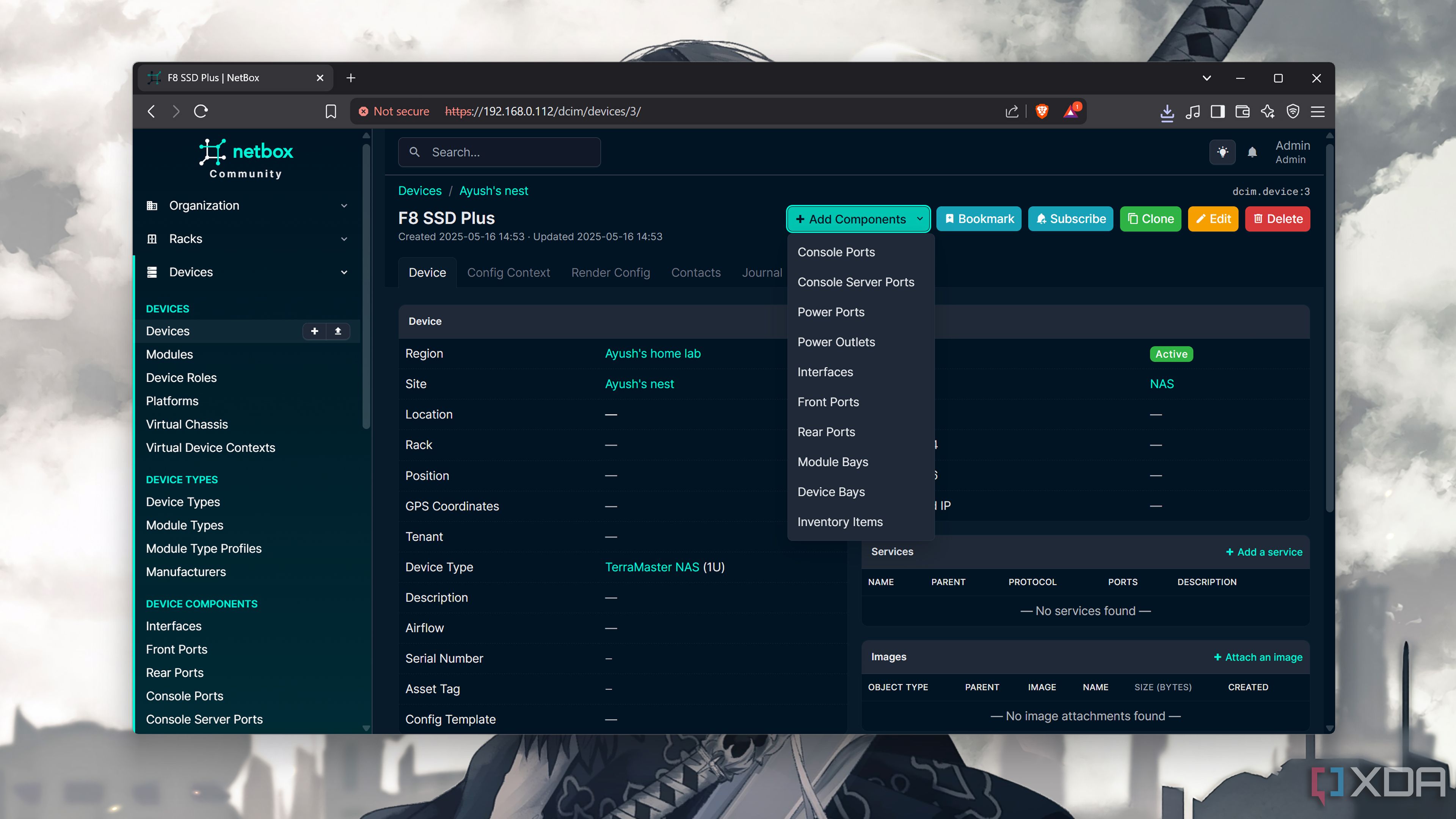
Aside from the network stack, NetBox also lets you maintain detailed records of all the devices in your home station. This includes the components, peripherals, and even the power outlets occupied by your systems. For hardcore home labs featuring a cluster of mini-PCs, NAS, and server rigs, you can group all the devices together for easy organization.
With NetBox letting you map all the virtual drives and VMs in your computing arsenal, you don’t have to restrict your detailed logbook to physical devices. And I don’t mean just IP addresses; NetBox can even store records about the CPU, memory, and storage resources allocated to your virtual machines.
It meshes well with automation tools
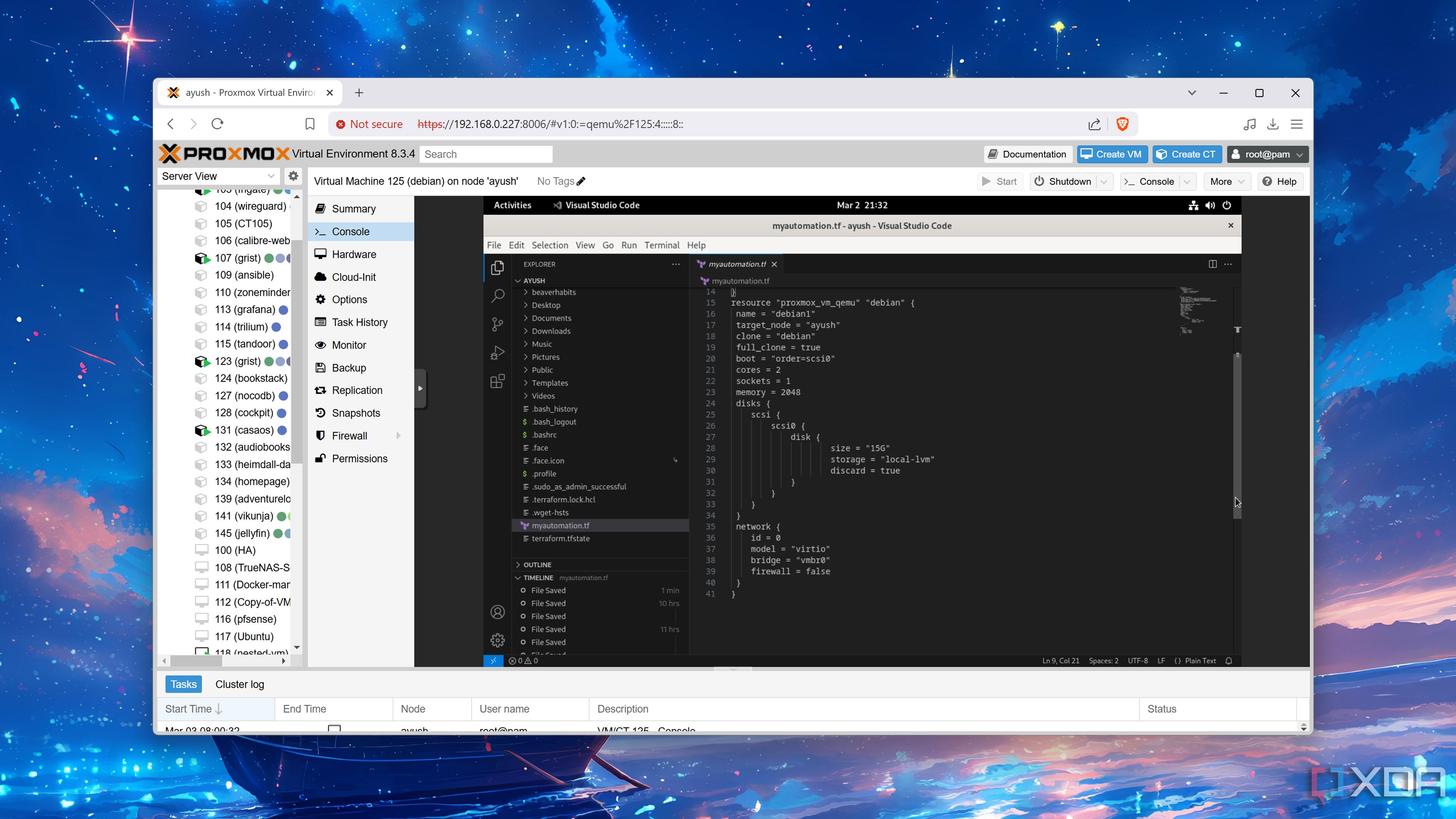
As if the documentation-heavy nature of NetBox isn’t impressive enough, the self-hosted application can even work in tandem with automation tools. For instance, you can connect your NetBox repository to your web apps with the help of the REST API. Or, you could use the GraphQL API to execute queries on your NetBox documentation from a database utility.
Then there’s the Prometheus integration, which can pull the records from your NetBox server before siphoning them to Grafana for generating rich graphs. However, its support for infrastructure-as-code platforms is the biggest draw for home labbers looking to dabble in DevOps. Pair it with Ansible, and the NetBox server essentially acts as a repository that can feed information about your network stack to the automation platform, making it easy to modify the settings on multiple devices at once.
It's fairly easy to set up
Especially for Proxmox users
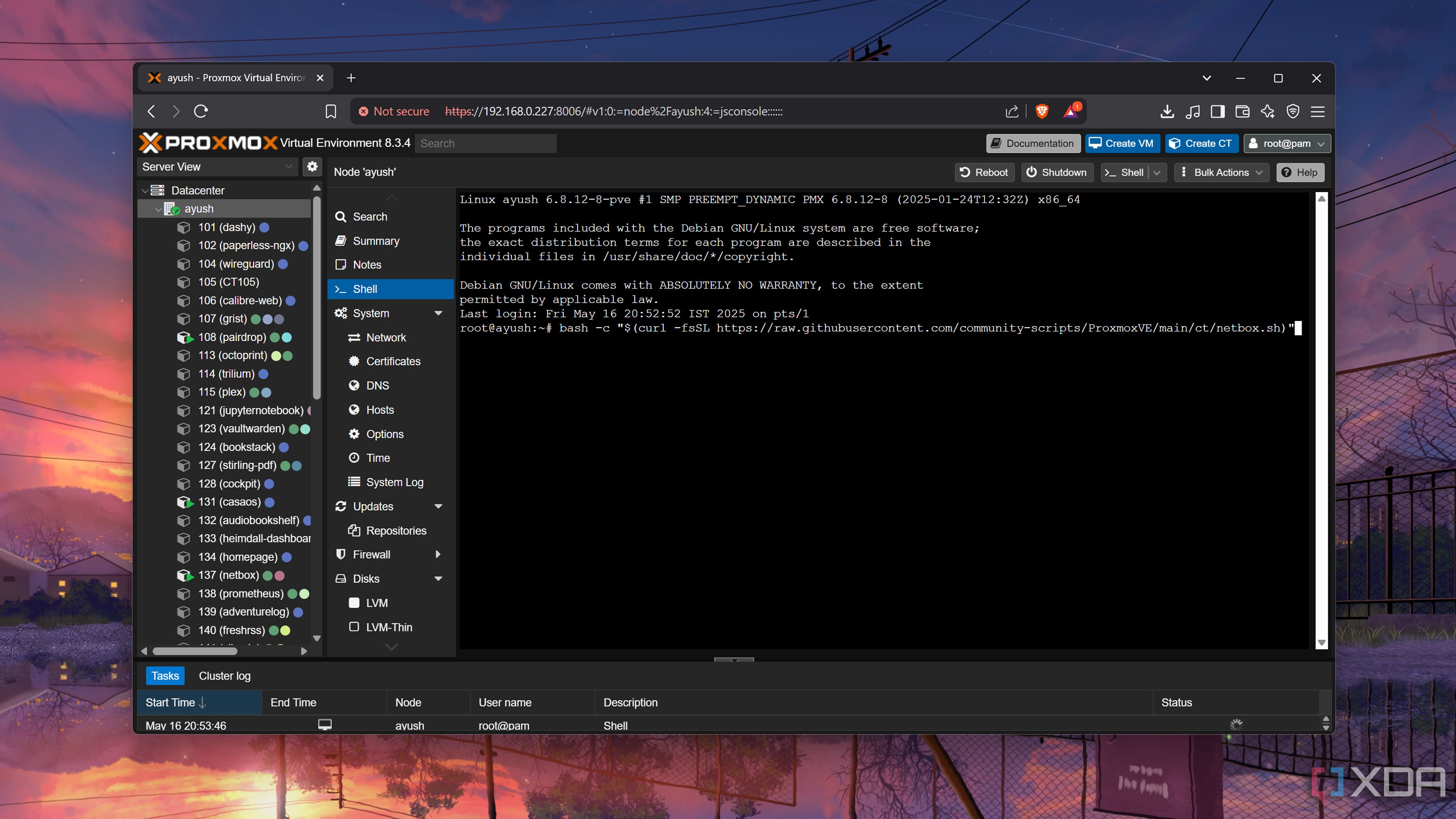
Despite offering a host of unique features, NetBox has a quick and simple installation process. As is the case with most home lab services, Proxmox users can use the ultra-useful VE-Helper Scripts repository to whip up a NetBox container – one that uses the HTTPS protocol, of all things. Simply run the https://community-scripts.github.io/ProxmoxVE/scripts?id=netbox command within the Shell tab of your favorite PVE node and wait for the script to work its magic. Within a few minutes, Proxmox will create a container and display an IP address inside the terminal interface, which you can use to access NetBox's web UI. Since the script generates a random string as the password, you’ll want to execute the cat netbox.creds command within the Shell tab of the NetBox container to grab the key adjacent to Netbox-Django-Password for the web UI.
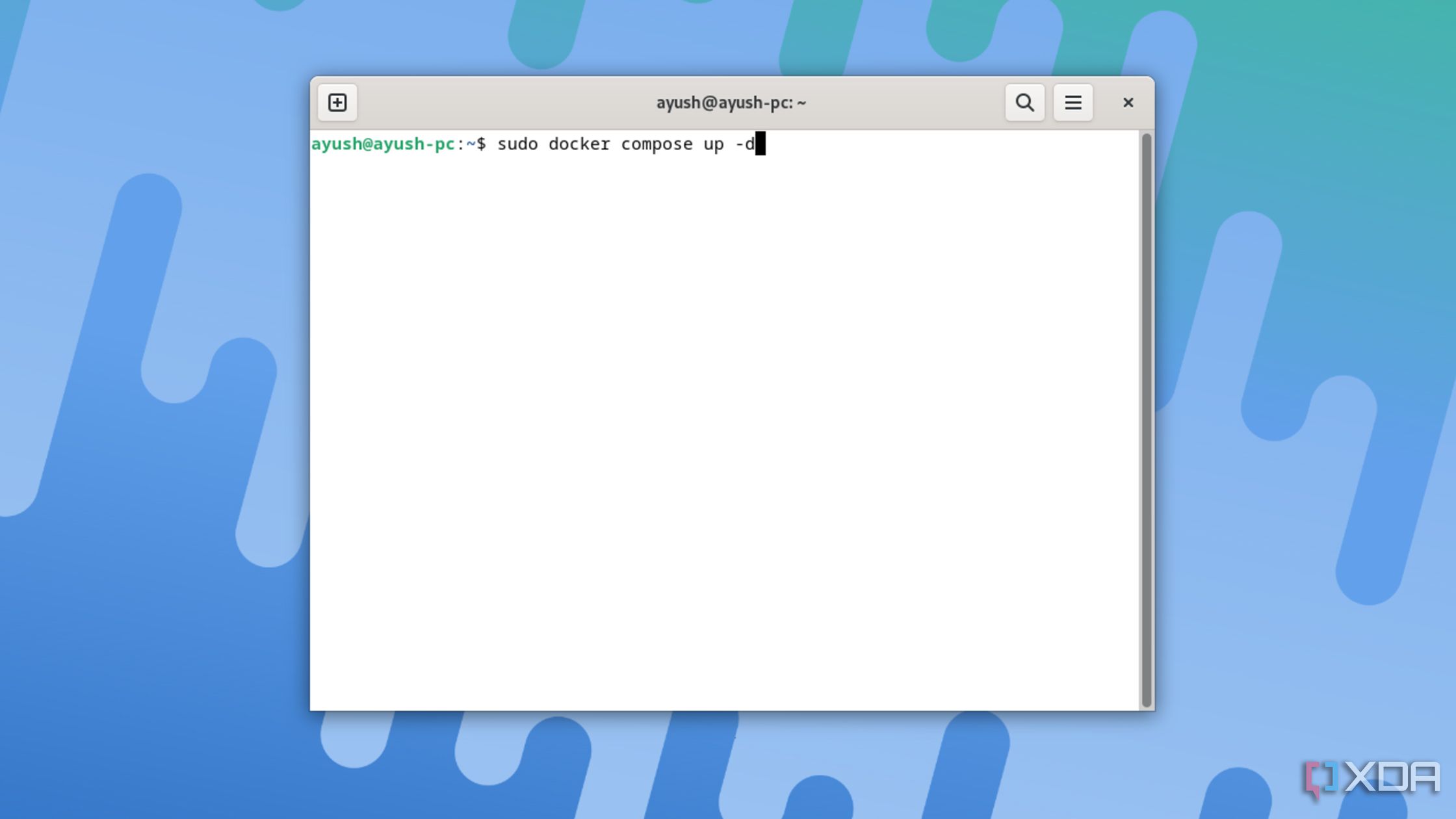
Meanwhile, Docker users can grab the docker-compose.yml file from LinuxServer, pass custom values to the credentials for NetBox’s databases, and spin up the container with the sudo docker compose up -d command.
You’ll have to enter the data manually, though
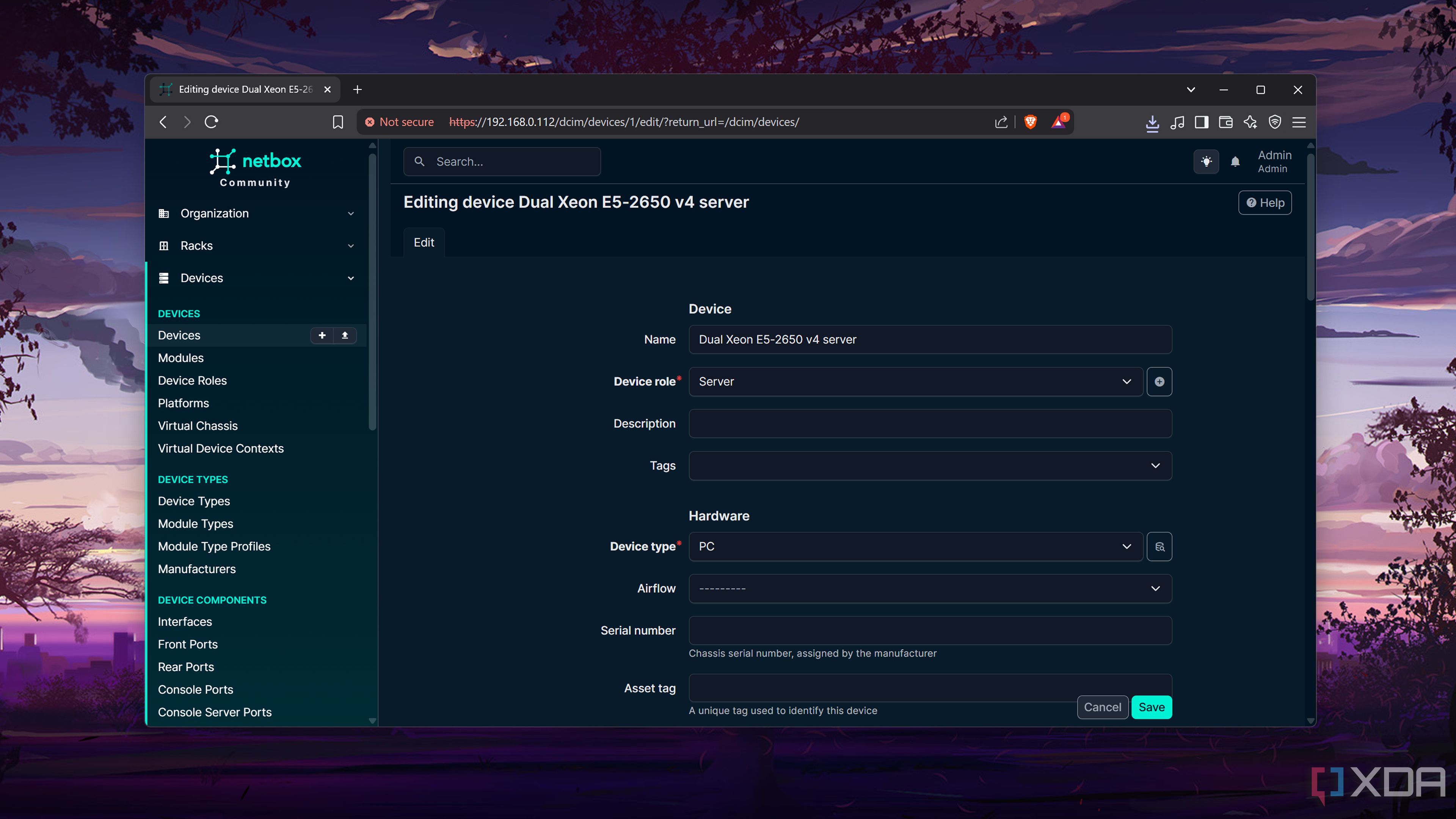
Remember how I mentioned NetBox includes an armada of fields and records for every aspect of your home lab? While it’s undoubtedly helpful when you wish to preserve every last detail about your server and network equipment’s operations, you’ll have to feed all the fields manually. Many tabs, including the ones for Interfaces, Devices, VPNs, and Virtual Machines, require you to input data into their closely-linked set of fields, thereby making the data entry process even longer.
Even with a modest home lab, adding all the details can take up an entire evening. Since its UI can be rather difficult to navigate as a beginner, you could end up spending hours just setting up the network equipment. The NetBox Discovery plugin can save you some time by using the observed network state to map your devices inside the app, though it can take a while to set up as well.
NetBox: Somewhat overkill, but terrific for documenting your home lab
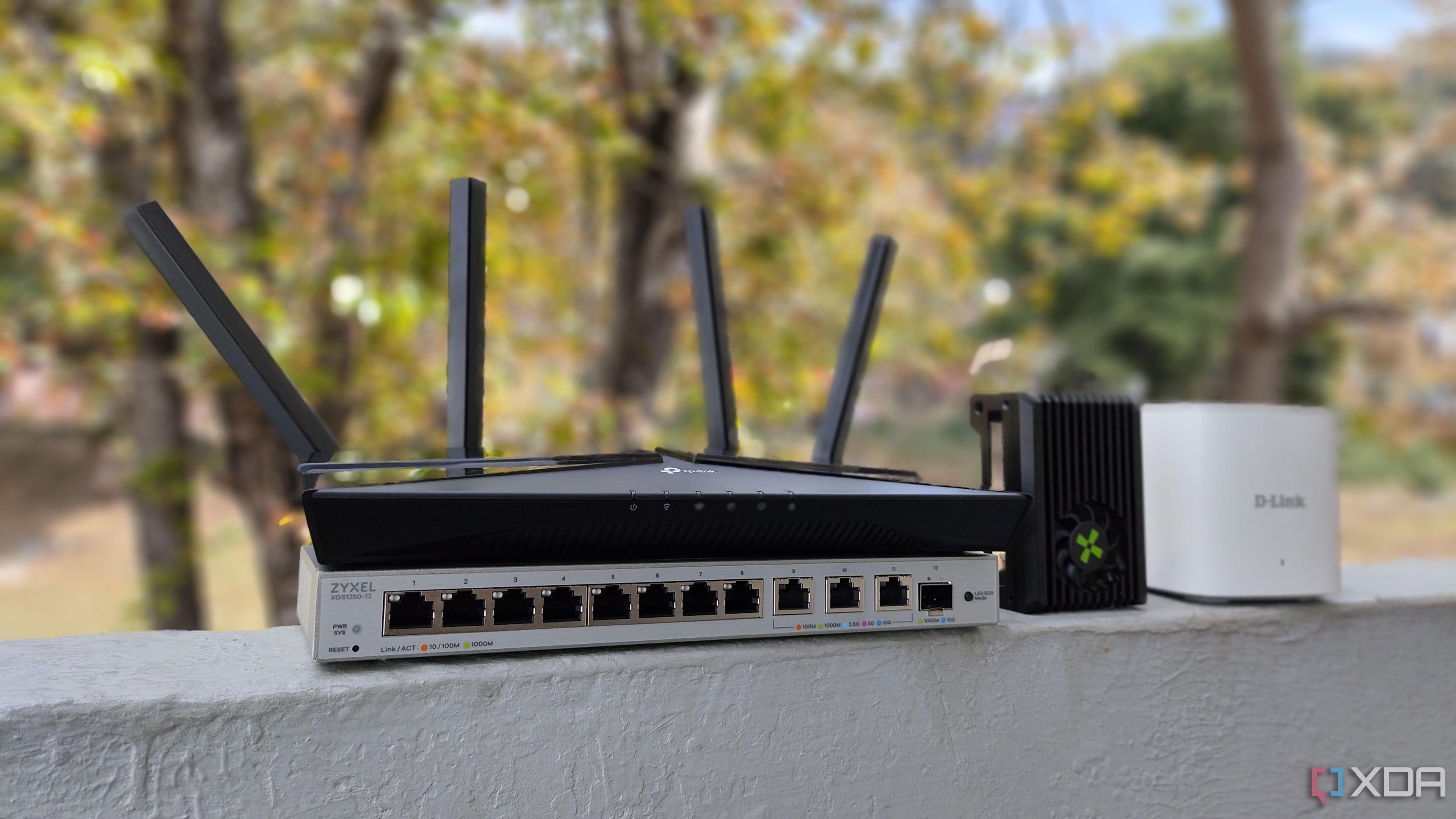
While I rely on my TriliumNext Notes server for most of my documentation and note-taking needs, NetBox is better for storing detailed records of my networking devices. Being an automation fanatic, NetBox is hands-down the best companion for my Ansible and Terraform suite, and I can’t wait to create a second network stack so I can tinker with these tools to my heart’s content.
.png)




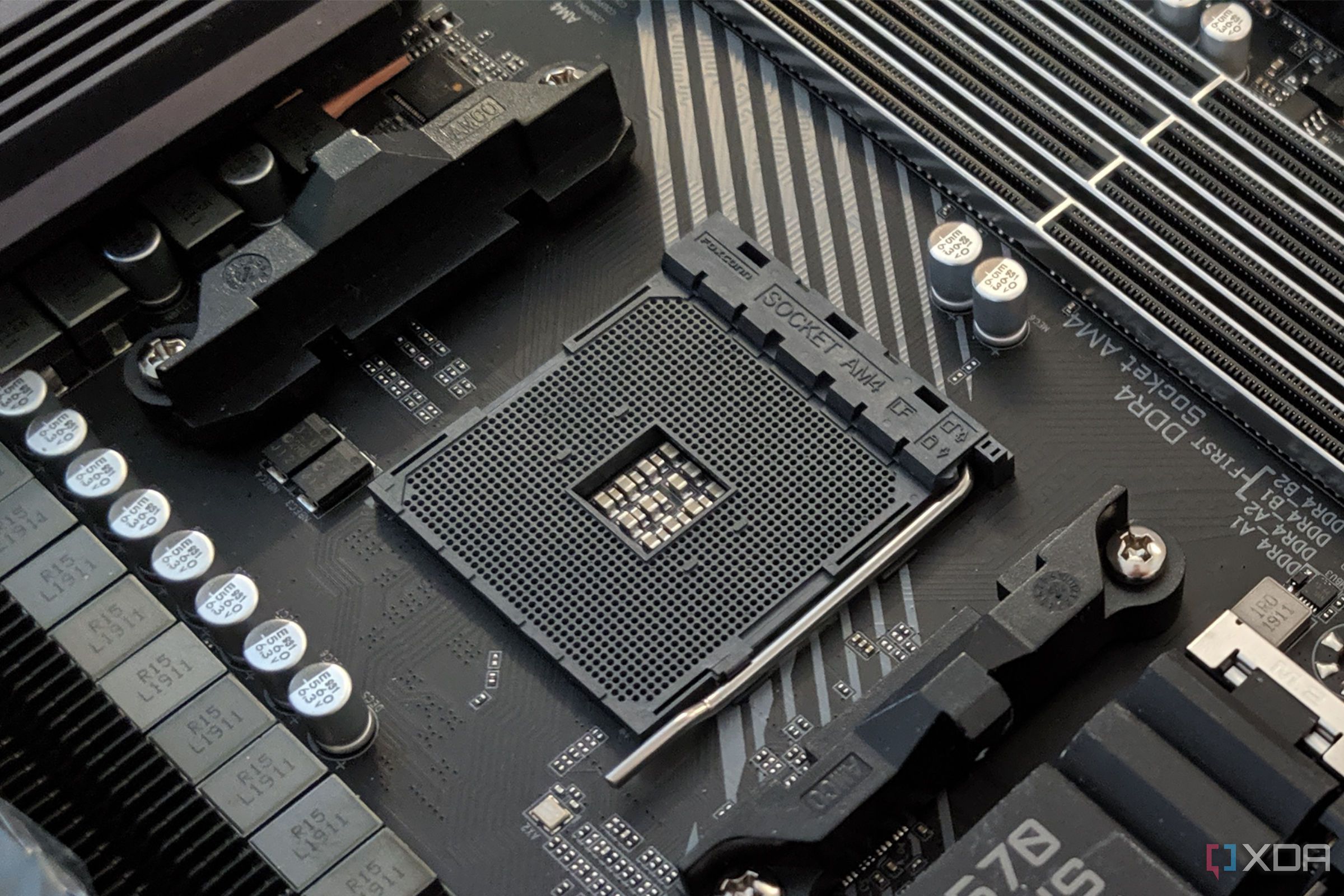






 English (US) ·
English (US) ·